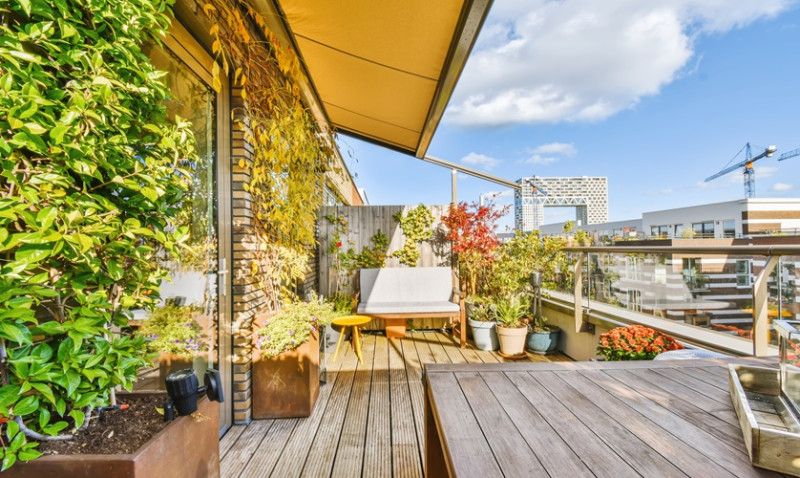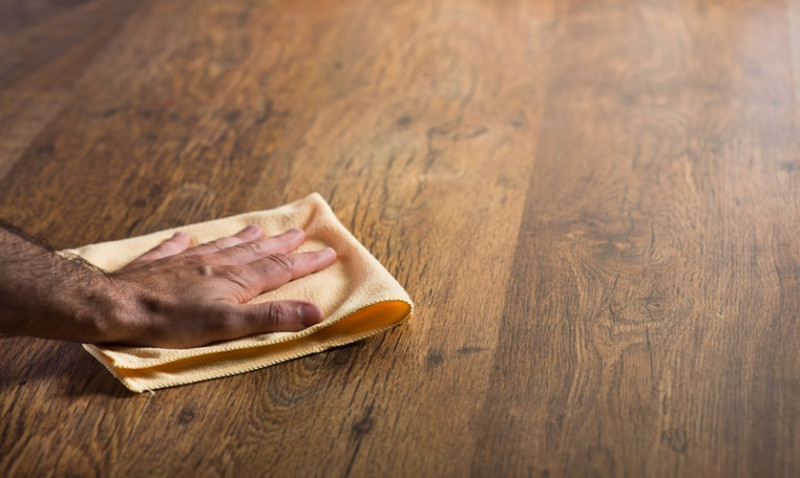
Whether you’re renovating your living room floor or breathing new life into a well-loved piece of furniture, mastering the art of staining wood is a game-changer for any home improvement project. This guide will walk you through how to stain wood like a pro in just four easy steps, focusing on environmentally friendly water-based finishes that are perfect for DIY'ers, young professionals, architects, designers, and tradesmen across the UK.
Water-based wood stains have become increasingly popular due to their low odour, fast drying time, and ease of cleanup, making them a top choice for indoor projects. Whether you’re refreshing hardwood floors or updating cabinetry, staining can transform tired wood into a rich, beautiful finish—and we’ll show you exactly how to do it right.
Step 1: Prepare the Surface – Clean, Sand, and Repair
Before you even think about applying stain, proper surface prep is essential for achieving professional-grade results. Begin by cleaning the surface to remove any dirt, dust, oil, or old finish that may interfere with even stain absorption. Use a damp cloth followed by a wood-safe cleaner if necessary.
Next comes sanding. Start with a coarse grit (around 80-100) and gradually work up to a finer grit (around 180-220), depending on the wood type and wear of the surface. For floors, use an electric sander; for smaller furniture, a hand sander or sanding block works fine. Always sand with the grain to avoid scratches that will show up when stained.
Don’t forget to vacuum or tack cloth all the dust off the surface before moving on. Dust particles can get trapped under the stain, leading to a blotchy and uneven finish, which no one wants, especially when refinishing floors that will get plenty of attention.
If you're working with older wood or floors, now is the time to repair any dents, gouges, or gaps. Wood filler that matches your wood type can help even out problem areas. Allow any filler to dry fully and sand it smooth before applying your water-based stain.
Step 2: Choose the Right Water-Based Stain
Selecting the correct stain is crucial. Water-based stains are ideal for DIY projects as they’re low in VOCs (volatile organic compounds), dry quickly, and are easier to clean up with just soap and water. They also offer a more consistent colour finish and maintain the natural character of the wood grain.
There’s a wide range of stain tones available—from natural oaks and warm walnuts to contemporary greys and bold charcoals. If you’re matching with existing décor or flooring, pick a stain that complements your colour scheme. You can also mix different water-based stains to create a custom colour.
Do a small patch test on an inconspicuous area first. This lets you see how the stain reacts with your specific type of wood, as absorption rates and end colour can vary. It’s also a great way to ensure you love the final look before committing to the entire surface.
For UK-based DIYers or professional decorators, we recommend looking for stains that comply with British safety standards and come with fade-resistance and wear guarantees—especially when it comes to heavy-traffic areas like floors or staircases.
Step 3: Apply the Stain (Evenly!)
When you're ready to apply, grab a quality synthetic-bristle paintbrush, a staining pad, or a lint-free cloth depending on your project size. For large surfaces like floors, a floor applicator pad or sponge mop can help speed up the process. Again, always work with the grain for the best absorption and smoothest look.
Apply a thin, even coat of the stain to a manageable section (around 2m² at a time). Don't rush—take your time to apply it uniformly. Water-based stains dry faster than oil-based ones, so you’ll need to work efficiently but carefully. Once applied, let it sit for 1–5 minutes depending on how deep you want the colour, then wipe away any excess with a clean, dry cloth.
Overlapping strokes or missing patches will cause uneven coloration, so it’s vital to work methodically. For floors, staining should ideally be done row-by-row following the direction of the floorboards. Keep the room well-ventilated to help with drying and always wear protective gloves to avoid skin contact.
If you desire a more intense colour, you can apply a second coat after the first has dried—typically in 2 to 4 hours, depending on the manufacturer’s instructions and room temperature.
Step 4: Seal and Protect with a Water-Based Finish
Once your stain has dried completely, don’t skip this final (and vital) step—sealing. A water-based polyurethane finish protects the wood's surface from wear and tear, moisture, scuffs, and UV damage. Choose a clear coat finish in matte, satin, semi-gloss, or gloss depending on your style preferences.
Apply the finish evenly using a high-quality synthetic brush or roller, again following the grain. It’s best to apply 2–3 thin coats rather than one thick one to ensure a smooth, durable finish. Allow each coat to dry for at least 2 hours before light sanding with very fine grit (320) sandpaper before applying the next coat.
Let the final coat cure for 24–72 hours before placing any furniture or subjecting the surface to everyday use. This curing period is especially important for floors and high-use pieces to ensure the finish fully hardens and adheres.
For UK users, look for water-based polyurethanes that are non-yellowing and specially formulated for both interior floors and furniture. Several British brands offer eco-conscious options with a fast drying time suitable for our cooler, damper climate.
Bonus Tips for Best Results
- Climate matters: UK weather can be humid—ideal drying conditions are between 15-25°C with low humidity. Avoid staining on rainy or overly humid days if possible.
- Ventilate your workspace: Even water-based products need airflow for proper curing. Open doors and windows or use fans if indoors.
- Use the right tools: Invest in good-quality brushes and pads designed for water-based products to avoid streaking and shedding.
- Store leftover stain correctly: Seal tightly and keep in a dry, cool place. Water-based stains have a good shelf life if stored properly.
- Match your topcoat: Ensure your water-based stain is compatible with the water-based topcoat you choose to avoid peeling or hazing.
Summary: Your Quick Guide to Staining Like a Pro
| Step | Description |
|---|---|
| 1. Prepare | Clean, sand, and repair the surface to ensure smooth and even stain absorption. |
| 2. Choose | Select the right water-based stain depending on your wood type and desired tone. Always patch test first! |
| 3. Apply | Use appropriate tools to apply in even strokes, working with the grain. Wipe off excess stain and let dry. |
| 4. Protect | Seal the stained wood with a compatible water-based finish for durability and longevity. |
Conclusion
Staining wood doesn’t have to be intimidating. With the right tools, high-quality water-based products, and a bit of patience, you can achieve professional results on everything from floors to furniture. Following these four simple steps will help elevate your DIY game and bring a fresh, refined look to your interiors.
Whether you're a UK-based hobbyist, interior designer, or professional contractor, water-based staining opens the door to eco-friendly, visually stunning wood finishes that suit both period homes and modern apartments alike.
So grab your brush—and get staining like a pro!






